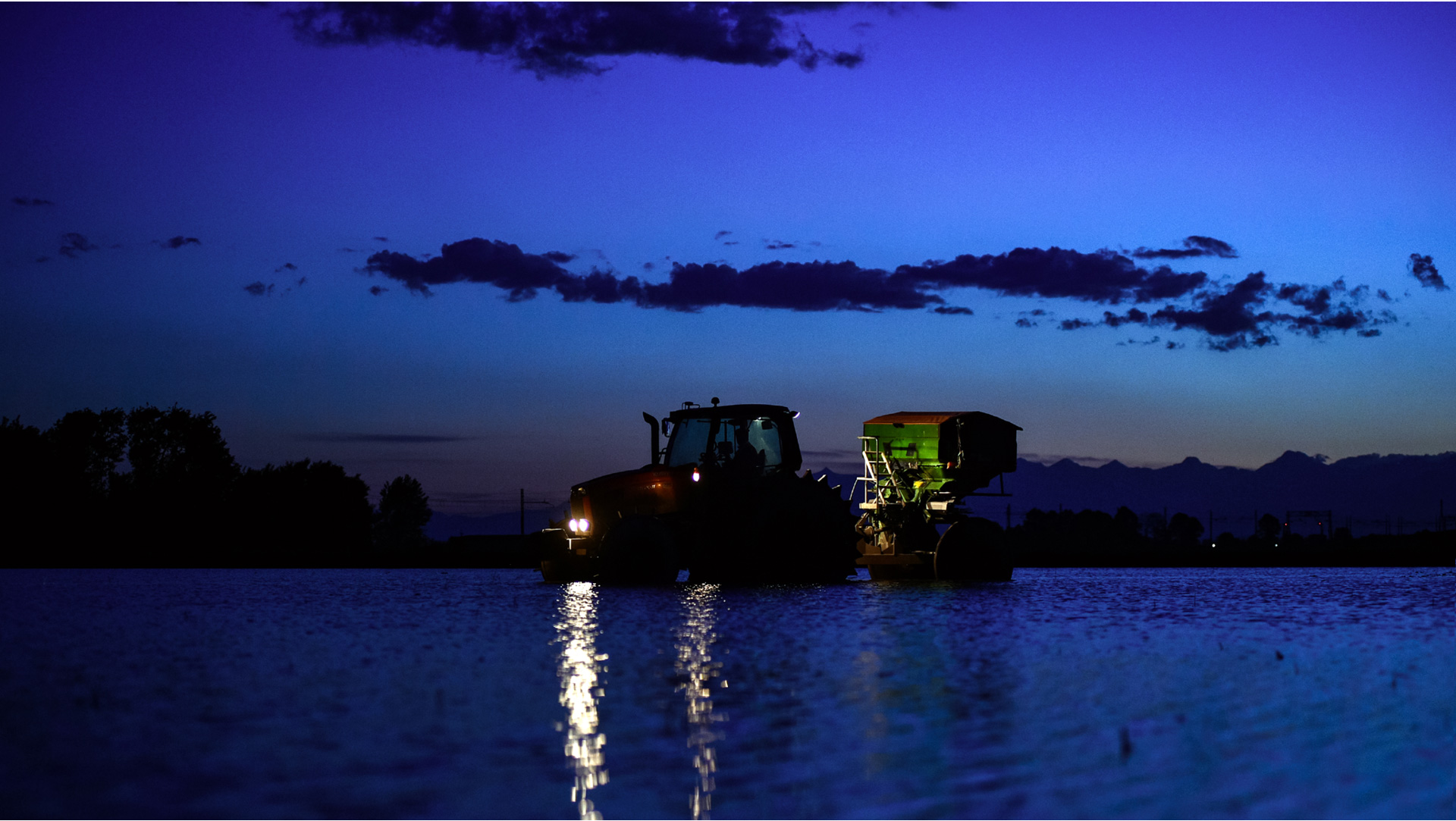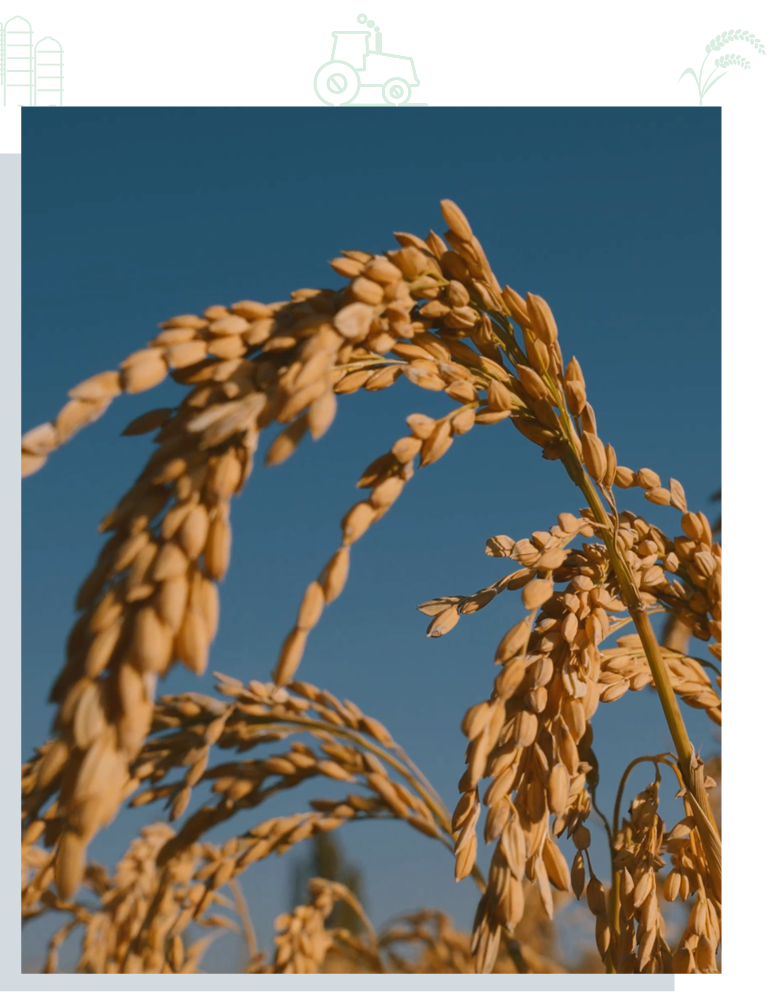
Varieties in Italy
Among the more than 200 varieties of rice grown in Italy, seven have particularly unique qualities that express the tradition of excellence in national rice production. These are Carnaroli, Arborio, Roma, Baldo, Vialone Nano, Sant’Andrea, Ribe. When these varieties carry the label of “classico”, it means that their full traceability is guaranteed from the moment of sowing right up until they ready for consumption.

These “classico” varieties represent the historical excellence of Italian rice production, expressing all the peculiarities of the landscape, environment and culture of the area where they are grown, and ensuring extraordinary results in traditional dishes. They are distinguished by the distinguishing characteristics of the grains, such as their texture and pearliness.
Carnaroli is one of most widely cultivated varieties, and its grains have superior culinary characteristics that are preserved on cooking. It is ideal for making fine risottos and special regional dishes.
Arborio, on the other hand, has a very large grain and good cooking resistance, which makes it ideal for preparing various rice-based dishes, but especially risotto.
Despite having a smaller grain than other risotto rice, Sant’Andrea has a particular consistency, as well as outstanding cooking resistance.
Vialone Nano has squat grains, absorbs seasonings well, and yields well to cooking, making it more suitable for the preparation of risottos than for soups.
Roma has large, white and rounded grains that contain a high percentage of starches. Its fast cooking time and excellent ability to absorb sauces make it not only suitable for risottos, but also marvellous on its own, with sauces, or used in baked dishes, such as sformato or timballo.
Baldo is recognized by its semi-tapered shape and crystalline appearance. Good for risotto, it also has a wonderful flavour when eaten cold, such as in salads.
Ribe, which was once known as Euribe, is recognized for its thin, rounded grain, and it is a variety particularly suitable for parboiling.
The Protected Designation of Origin (PDO) and Protected Geographical Indication (PGI) labelling of Italian rice
Italian excellence in the rice sector is also confirmed by the great number of varieties that have been awarded with the Protected Designation of Origin (PDO) and Protected Geographical Indication (PGI) labels, which identify European agricultural and food products of particular value and quality. The PDO varieties include Baraggia Biellese and Vercellese (Arborio, Baldo, Balilla, Carnaroli, Sant’Andrea, Loto, Gladio), while the PGI varieties include Veronese (Vialone Nano) and Po Delta Rice (Arborio, Baldo, Carnaroli, Volano, Telemaco, Cammeo, Karnak, Caravaggio, Keope). Thanks to their unique cultivation, processing methods, and geographical context, these products are able to guarantee consumers exceptional excellence in quality and flavour.

